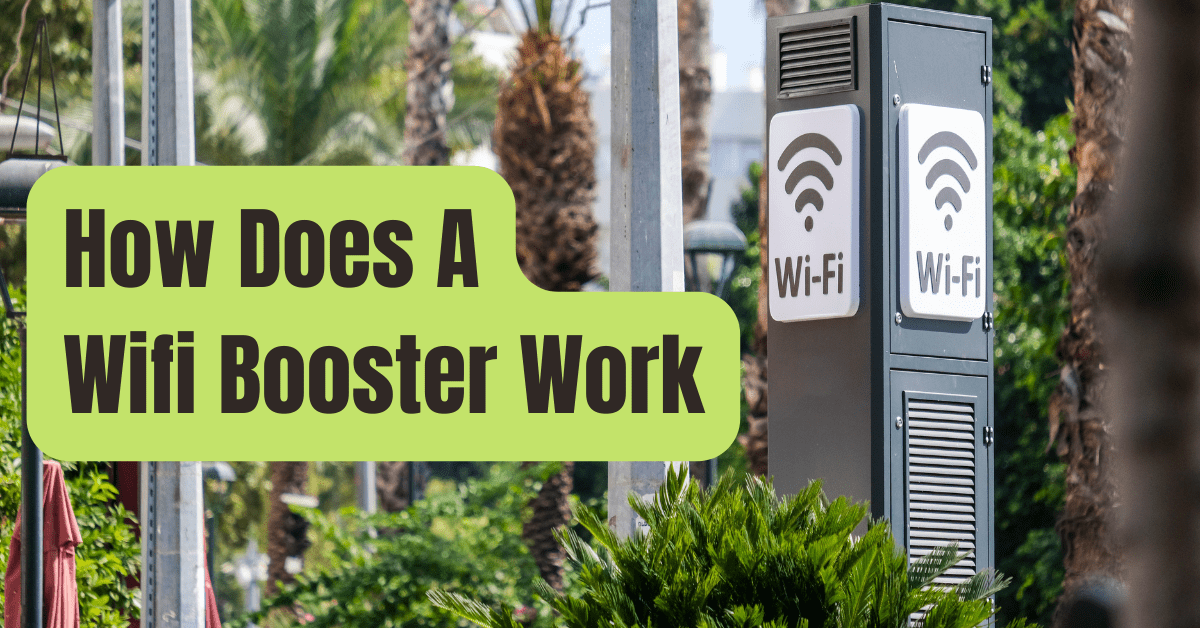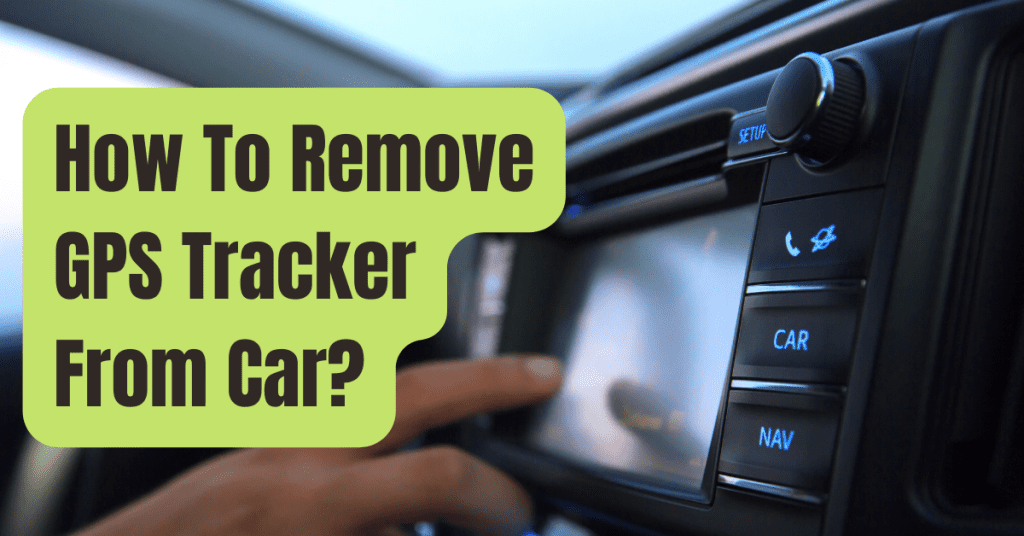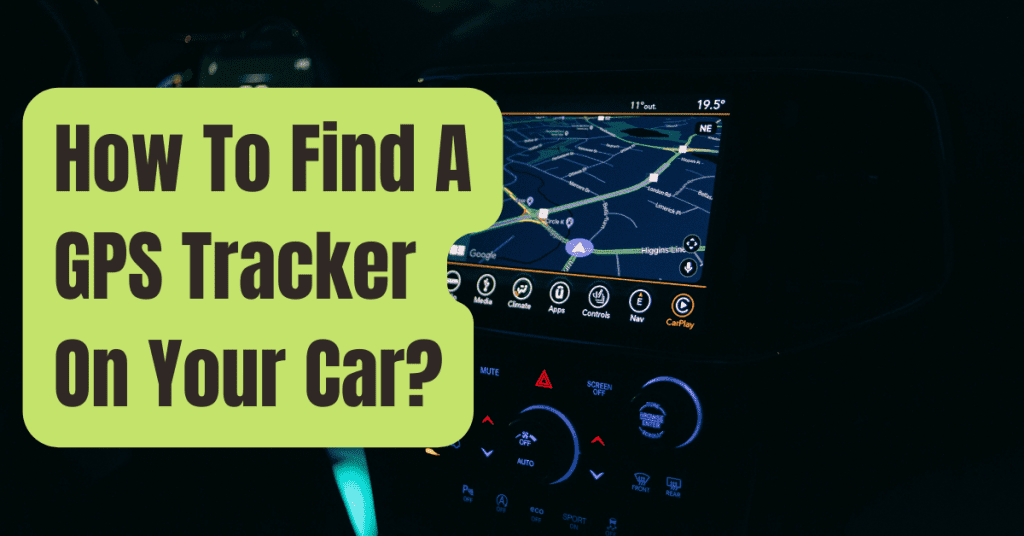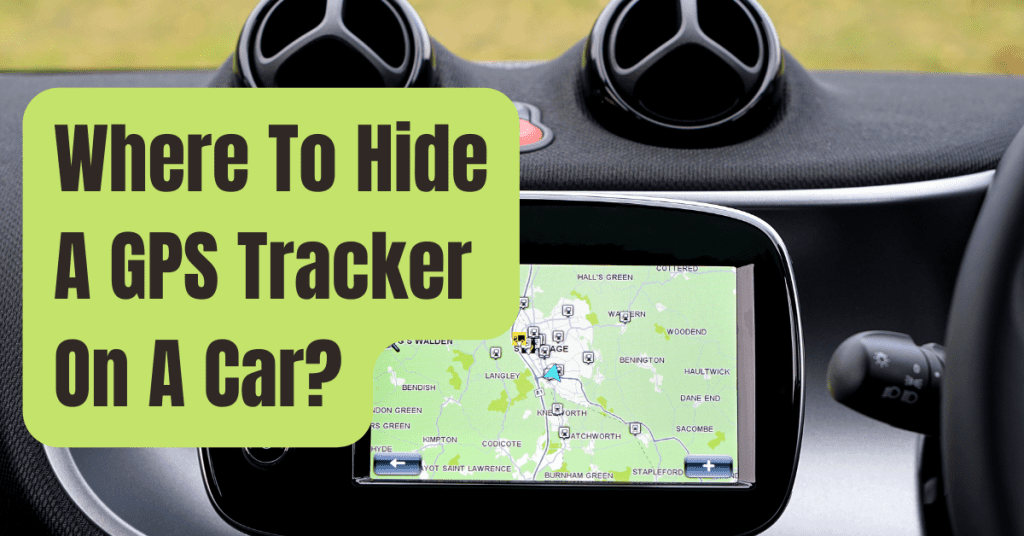How Can I Improve My WiFi Signal?
Do you have trouble with sluggish internet and internet dead zones at home or at work? WiFi obstructing elements such as thick walls, metal, concrete, and glass, as well as signal interference from other devices, may all contribute to poor WiFi.
The first thing you should do in such a situation is relocate your router.
Your wifi coverage issue may be solved by simply relocating the router to a central open spot.
Unfortunately, it isn’t always that straightforward.
Extra actions, such as upgrading the router’s antennae, acquiring long-range antennas, or even purchasing new WiFi equipment, are often required, which may or may not enhance the coverage area.
Consider using a WiFi signal booster if you’ve done everything else and still can’t increase your WiFi connection.
They are particularly intended to increase the coverage of your WiFi network.
Prepare to bid goodbye to a shaky WiFi connection for good.
What Is A WiFi Booster?
WiFi boosters (sometimes called internet boosters) increase the coverage area of your WiFi system by boosting or amplifying the wireless signal and broadcasting it to the targeted locations.
As a consequence, you won’t have to suffer with bad WiFi at your house or office any more.
There are a variety of WiFi booster models to choose from, each with its own design, range, amplification strength, and frequency band utilization.
- Wall Plug or Desktop Design: There are two distinct booster styles to choose from. Others sit on a desk, table, or shelf and use stronger external antennas capable of improving the signal in multiple rooms. Some simply plug into a power source and are great for improving the signal in one room, while others sit on a desk, table, or shelf and use stronger external antennas capable of improving the signal in multiple rooms.
- Range: The range of most routers is between 150 and 300 feet. Any device that is outside of that range will have connection problems. Depending on the WiFi booster type, the range may be increased by 300-2,000 sq ft on average.
- Frequency Bands: Single-band and dual-band WiFi signal boosters are the two varieties available. Single-band boosters broadcast data using just one radio band (2.4GHz or 5GHz). Dual-band WiFi boosters, on the other hand, broadcast data using both GHz frequencies; one band only connects with the router, while the other band communicates with the wireless devices.
What Is a WiFi Booster and How Does It Work?
WiFi boosters link to a wireless access point, such as a wireless router or hotspot, through a wireless connection.
The WiFi booster captures the access point’s signal and amplifies it for greater performance.
Boosters are often used in conjunction with bigger antennas to assist broadcast the signal farther and cover a greater region.
The positioning of the WiFi booster is critical.
You want it near enough to get a signal from the access point, but far enough away to cover the issue regions.
Ideally, you should choose a place with a weak WiFi signal and plug the booster into a wall socket midway between the target area and the router.
The majority of WiFi boosters feature straightforward setup procedures.
Many people use the WPS (WiFi Protected Setup) button to speed up the installation procedure.
The WiFi booster will connect to the router by just pressing the button on both devices.
Depending on the WiFi signal booster manufacturer (Netgear, Tp-Link, Linksys, D-Link, Asus, Orbi, and Eero), extra procedures may be required.
The booster may begin working its magic after finishing the setup procedure; it will take the current WiFi signal and enhance its coverage area.
Connecting your phone, laptop, tablet, and smart home gadgets to the WiFi booster is the last step.
To do so, navigate to your wireless device’s WiFi settings, click on the WiFi booster’s network name (SSID), and input the password.
You may have used the same password as your present network, or you may have established a new one during the setup process.
Once connected to the booster, you’ll be able to enjoy a stable internet connection in areas where signal strength was previously weak.
Is It True That WiFi Boosters Can Only Be Used With Wireless Devices?
No.
Wireless and wired devices may both benefit from WiFi boosters.
Most boosters contain at least one ethernet connector for connecting printers, laptops, smart TVs, and game consoles.
The setup procedure would change somewhat from the one described before.
Instead of using wifi to connect the devices to the booster, ethernet or gigabit ethernet cables would be used to connect the devices to the booster.
Are WiFi Boosters Effective?
Yes.
WiFi boosters are guaranteed to extend the range of your wifi signal in your home or company as long as you have one.
Avoid hiding the booster behind furniture, in a gap between your living room sofa and the wall, or near equipment that might interfere with the signal for best results.
As a consequence, the WiFi booster’s range and strength will be reduced, perhaps resulting in disappointing results.
What Is The Best Way To Tell Whether The WiFi Booster Is Working?
The improvement in signal in the weak zone and dead zone sectors is the first evidence that the booster is operating.
However, if you are a numbers person who prefers hard evidence, speed tests are excellent tools for analyzing WiFi signal changes.
You’ll need to run multiple speed tests, one with just your WiFi connection and the other with the WiFi booster, to see the difference visually.
You should record the outcomes so that you may compare them side by side.
Are WiFi Boosters Effective in Increasing Internet Speed?
The bottleneck is the internet speed you receive from your internet service provider (ISP); a WiFi booster will not increase that speed.
WiFi boosters, on the other hand, use powerful amplifiers and antennas to effectively boost and broadcast the signal.
As a result, it appears that your internet speed has improved.
Let’s assume you bought a WiFi booster on Amazon that can handle up to 750 Mbps, but your internet plan only allows you to get 300 Mbps in ideal circumstances.
The WiFi booster will not suddenly enhance your internet speed from 300 Mbps to 750 Mbps; it will only function with what you have.
The signal booster will take the current signal and make it stronger, allowing connected devices to enjoy better WiFi connections.
Is it Safe to Use WiFi Boosters?
WiFi boosters employ the same security protocols as WiFi routers: WEP, WPA, and WPA2, with WPA/WPA2 being the most secure of the three.
WPA3 is a new security protocol that was released in 2019.
The new protocol enhanced security measures in both public and private WiFi networks, making it more difficult for hackers to get access to your network.
Is a WiFi Booster Required?
Are you unsure whether you need a WiFi booster? Here are three reasons why you should consider it:
- Is there any part of your house where you can’t receive a WiFi connection or where it’s slow?
- Do you have the most up-to-date WiFi technology (WiFi 5 or WiFi 6) but still experience sluggish rates, buffering, and dead spots?
- Is your WiFi signal deteriorating as you wander around your house?
If you answered yes to any of these questions, you definitely need a WiFi booster.
Occasionally, even the most advanced WiFi technology is insufficient to cover every nook and corner of your house or business, particularly in big residences where the WiFi router’s range is exceeded.
WiFi boosters are far less expensive than buying a new router and provide a simple solution to improve your WiFi coverage.
Are There Any Other Ways to Extend Your WiFi Range?
While WiFi boosters are fantastic, it’s equally important to understand the various WiFi range-extender alternatives and how they vary from boosters.
WiFi extenders, powerline adapters, and mesh networks are the main three options.
What Do a WiFi Booster and a WiFi Extender Have in Common?
WiFi range extenders (also known as WiFi repeaters) and WiFi boosters are often used interchangeably.
While they both increase the area covered by your WiFi, they do it in somewhat different ways.
Wireless range extenders take your network’s current signal and rebroadcast it to the places you choose.
WiFi boosters, on the other hand, take your network’s existing signal and boost or amplify it.
The end result is the same for both, but WiFi boosters have a little more flair.
What’s the Difference Between a Powerline Adapter and a WiFi Booster?
Powerline adapters, unlike boosters, use your home’s electrical wiring to extend your WiFi signal, hence the name.
The two adapters in a powerline kit are hooked into a power outlet near the router and the other in the region where you require a signal.
Use an ethernet cable to connect the first adapter to the router and the second to an ethernet device.
The internet signal will flow via the electrical wiring and give a dependable connection to the connected devices after the connection has been established.
Furthermore, the second adapter broadcasts a wireless signal in order to extend the WiFi range.
What’s the Difference Between a Mesh Network and a WiFi Booster?
WiFi boosters and mesh networks both enhance the range of your home WiFi network, however they vary in many ways:
- Functionality: Mesh networks are made up of 2-3 mesh extenders (also called nodes), whereas boosters are usually made up of just one device. The nodes are meant to provide a consistent, high-speed WiFi connection across your house. Instead of connecting wirelessly to the router, one of the nodes would be connected to the modem. In essence, the linked node will take on the role of router. The remaining nodes would be scattered around your residence. One node will be placed halfway between the target area and the “router,” similar to the booster. Additional nodes do not have to be within a certain distance of the router, but they must be within a certain distance of each other. The connected node’s internet connection will be shared wirelessly with the other nodes. As a result, instead of using a single unit to broadcast the internet signal, you now have multiple units broadcasting internet signals to give you the best WiFi coverage.
- Seamless Network: Mesh nodes work together to create a seamless home network, with the same SSID and password for the entire system. Your device will automatically connect to the nearest node as you go around your house. WiFi boosters, on the other hand, tend to create a new network with a unique SSID and password. You may need to manually switch between networks as you move around your house to connect to the one that is closest to you.
- Price: Mesh networks are more expensive because they are made up of extremely smart technology and tend to cover larger areas.
- Number of Wireless Bands: WiFi boosters utilize one or two bands to transfer data. Mesh networks take it one step further; many mesh devices are tri-band. They transmit one 2.4GHz signal and two 5GHz signals. One band is used to communicate with the router while the other two are used to communicate with more devices at the same time. In other words, tri-band devices have double the bandwidth on the 5GHz band. As a result, throughput increases, speeds improve, and congestion decreases.










